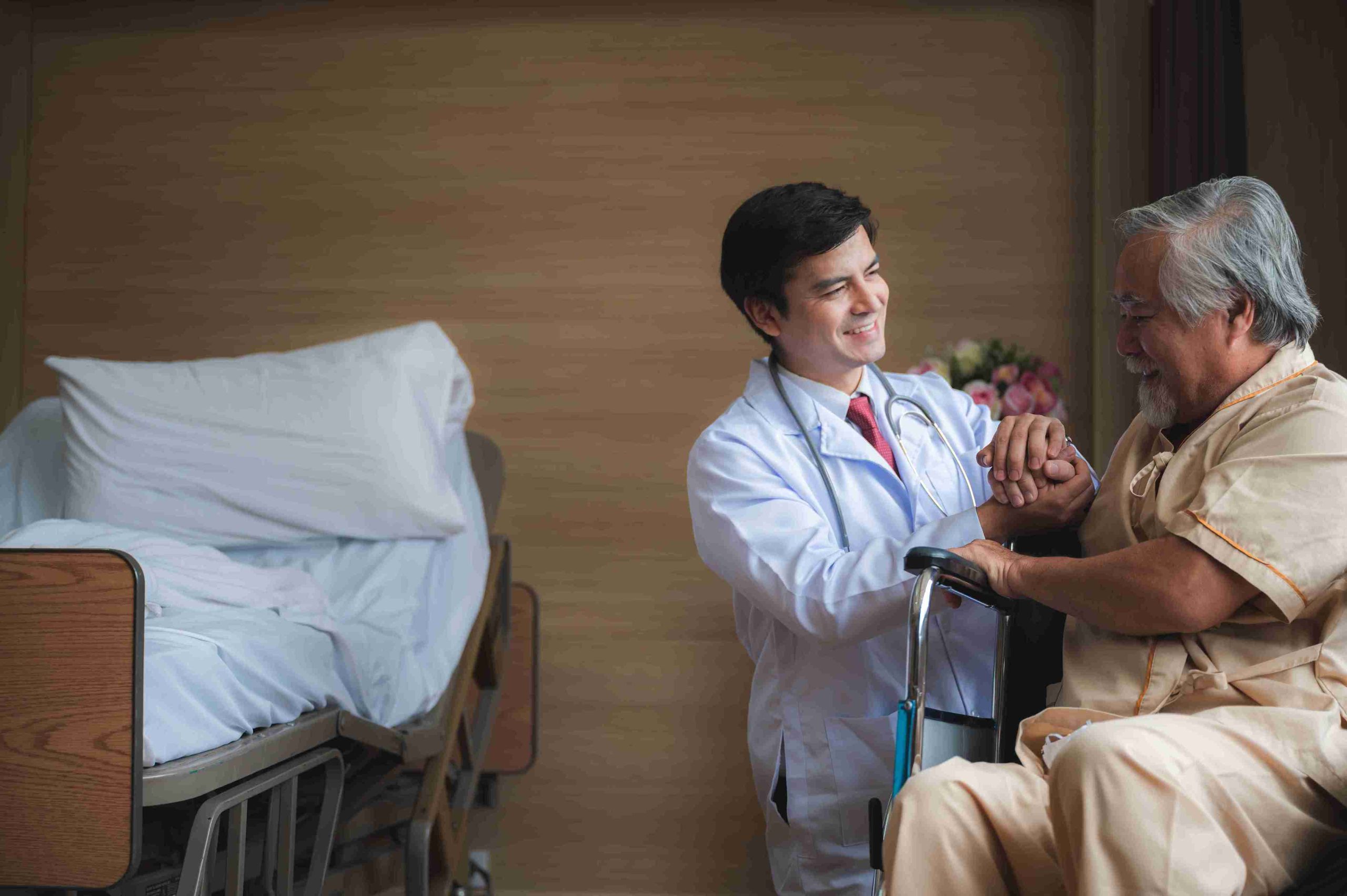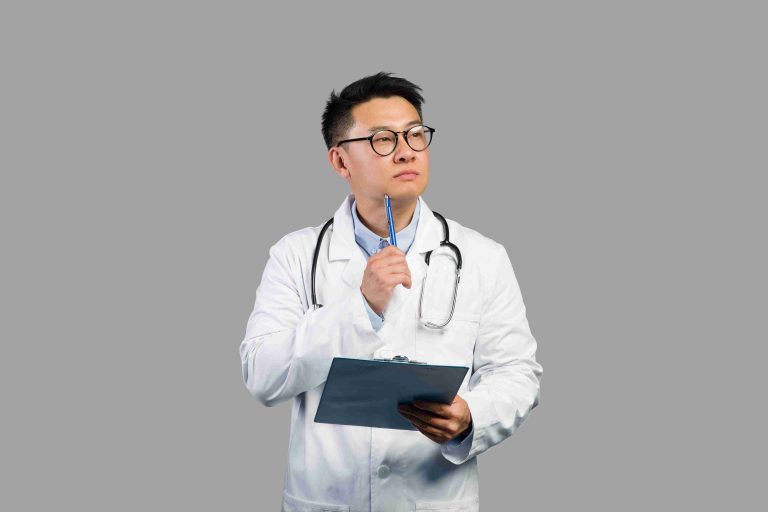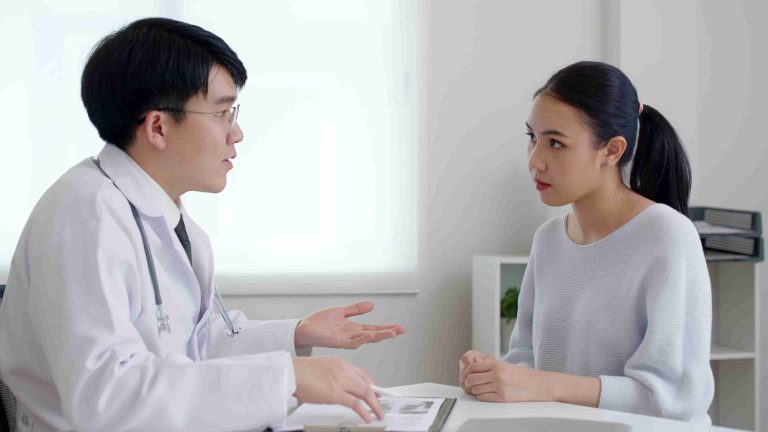In the fight against cancer, early detection can make a life-saving difference. One powerful tool doctors use to catch certain types of cancer in their earliest stages is endoscopy. This minimally invasive procedure allows direct visualization of the inside of the digestive tract and can be used to identify abnormalities before symptoms even appear.
But what exactly is endoscopy, and when is it recommended for cancer screening? Understanding how endoscopy works, what types of cancer it can detect, and what to expect from the procedure can help you make more informed decisions about your health and screening options.
What is Endoscopy?
Endoscopy is a medical procedure that involves inserting a long, flexible tube equipped with a light and camera into the body to examine internal organs and structures. The most common types of endoscopy for cancer screening focus on the gastrointestinal tract, including gastroscopy (to view the esophagus, stomach, and duodenum) and colonoscopy (to examine the colon and rectum).
The purpose of an endoscopy is to visually assess tissues, detect inflammation, ulcers, or growths, and, when necessary, take biopsies for further testing. Unlike imaging tests, endoscopy allows for a real-time, close-up view of the internal lining, offering a high level of diagnostic accuracy.
Why Endoscopy is Used for Cancer Screening
Not all cancers can be detected by endoscopy, but for certain types—especially those affecting the digestive tract—it is one of the most effective screening tools available. Gastrointestinal cancers, such as esophageal, stomach, and colorectal cancers, are often asymptomatic in their early stages. By the time symptoms like pain or bleeding appear, the disease may already be advanced.
Endoscopy can reveal precancerous lesions or early-stage tumors that are not yet causing discomfort. Identifying these abnormalities early significantly improves treatment outcomes and survival rates.
When Should You Consider Endoscopy?
The decision to undergo endoscopy for cancer screening depends on several factors, including age, family history, personal medical history, and specific symptoms. For example, individuals over the age of 50—or earlier if there’s a family history—are often advised to undergo colonoscopy for colorectal cancer screening.
For those with risk factors for upper gastrointestinal cancers—such as chronic acid reflux, Barrett’s esophagus, H. pylori infection, or a history of gastric ulcers—a gastroscopy may be recommended even in the absence of symptoms.
Additionally, some patients may be advised to have an endoscopy if they experience unexplained weight loss, persistent vomiting, difficulty swallowing, or gastrointestinal bleeding, as these symptoms can be associated with cancer or other serious conditions.
Types of Endoscopy Used in Cancer Detection
Different types of endoscopic procedures are used depending on the part of the body being examined:
- Gastroscopy (Upper Endoscopy): This examines the esophagus, stomach, and duodenum and is particularly useful for detecting esophageal or stomach cancer.
- Colonoscopy: This is used to screen for colorectal cancer by visualizing the inner lining of the large intestine and rectum.
- Sigmoidoscopy: A less comprehensive version of colonoscopy that examines only the lower part of the colon.
- Bronchoscopy: Used to examine the airways and is helpful in identifying lung cancer.
- Endoscopic Ultrasound (EUS): Combines endoscopy with ultrasound imaging to assess structures beyond the gastrointestinal wall, such as the pancreas or nearby lymph nodes.
Each of these procedures serves a specific purpose and may be recommended based on individual risk profiles or findings from other diagnostic tests.
Preparing for the Procedure
Preparation for endoscopy depends on the type being performed. For a gastroscopy, you may be asked to fast for several hours beforehand to ensure the stomach is empty. For a colonoscopy, you’ll need to undergo bowel preparation, which involves consuming a laxative solution to clear the colon of waste.
It’s important to follow your doctor’s instructions carefully, as inadequate preparation can obscure the view and make it harder to detect abnormalities.
Most endoscopies are done on an outpatient basis and take less than an hour. You’ll typically receive sedation or local anesthesia to minimize discomfort, and you may need someone to accompany you home afterward.
What Happens During and After the Procedure
During the procedure, the endoscope is gently inserted through the mouth or rectum, depending on the type of endoscopy. The doctor examines the lining of the organs in real-time and may take tissue samples (biopsies) if anything unusual is found.
After the procedure, you’ll be monitored for a short period as the sedation wears off. Some people experience mild bloating, gas, or a sore throat, but these symptoms usually pass quickly. Your doctor will discuss the findings with you and determine whether any follow-up tests or treatments are needed. If biopsies were taken, it may take several days to receive the results.
Risks and Limitations of Endoscopy
While endoscopy is generally safe, like any medical procedure, it carries some risks. These may include bleeding, infection, or a tear in the lining of the gastrointestinal tract, though such complications are rare.
Sedation-related side effects, such as dizziness or nausea, may also occur but are typically mild and short-lived. Your doctor will discuss any specific risks based on your medical history and the type of endoscopy being performed.
It’s also important to remember that endoscopy, while highly accurate, is not infallible. Small or flat lesions can occasionally be missed, and false positives can occur. That’s why regular screening at intervals recommended by your doctor is essential for long-term monitoring.
Benefits of Early Detection Through Endoscopy
One of the main advantages of endoscopy is its ability to catch cancer at an early and potentially curable stage. Studies have shown that regular colonoscopy screening reduces the risk of colorectal cancer death by detecting and removing polyps before they become malignant.
Similarly, for upper gastrointestinal cancers, gastroscopy can uncover changes in the esophageal or stomach lining that indicate an increased cancer risk, allowing for surveillance or early intervention.
Endoscopy also provides peace of mind for many patients. Knowing that your doctor has thoroughly examined your digestive tract and ruled out major concerns can alleviate anxiety and help you focus on maintaining good overall health.
Making an Informed Decision
Whether or not to undergo endoscopy for cancer screening should be a collaborative decision between you and your healthcare provider. Consider your personal risk factors, discuss the potential benefits and risks, and weigh your concerns about discomfort or complications.
If you’re unsure, start by asking your doctor about your individual cancer risk and whether endoscopic screening is appropriate for you. For many people, early detection through endoscopy can be a proactive and empowering step in maintaining long-term health.







